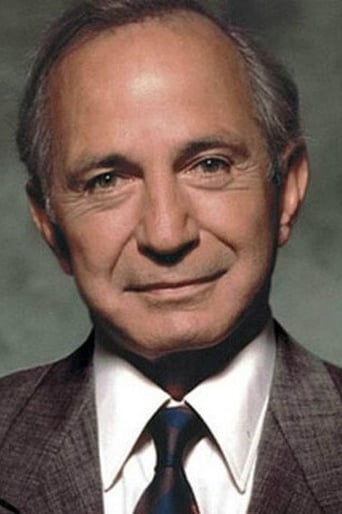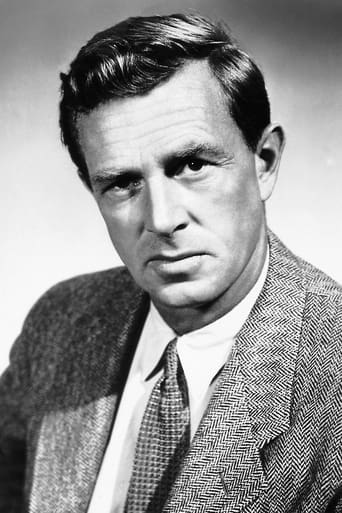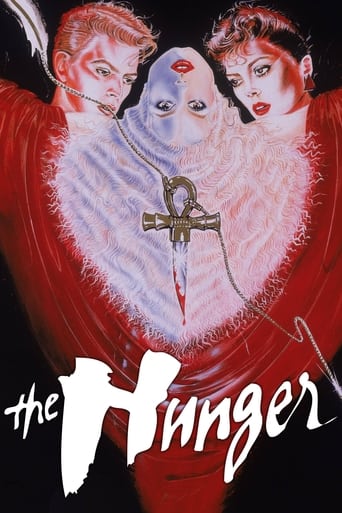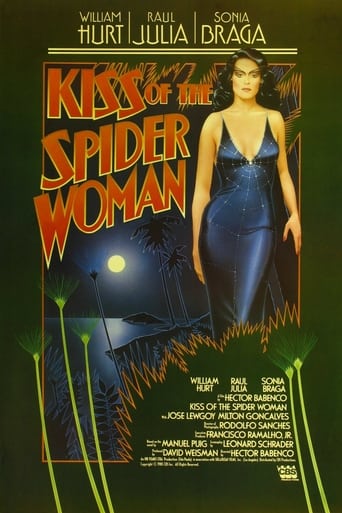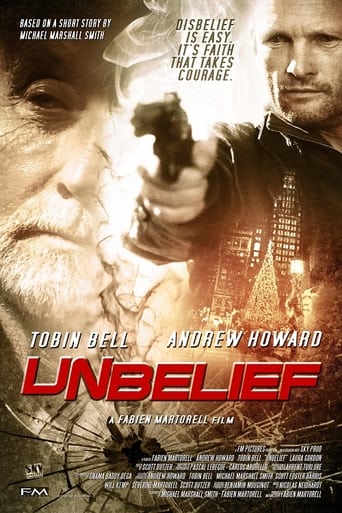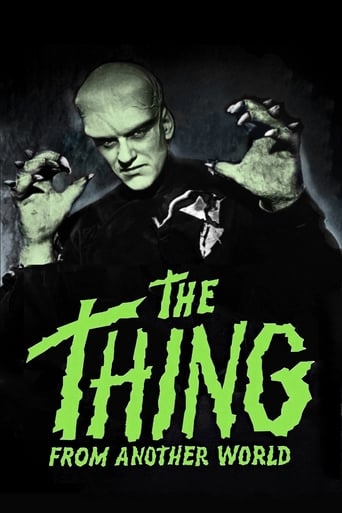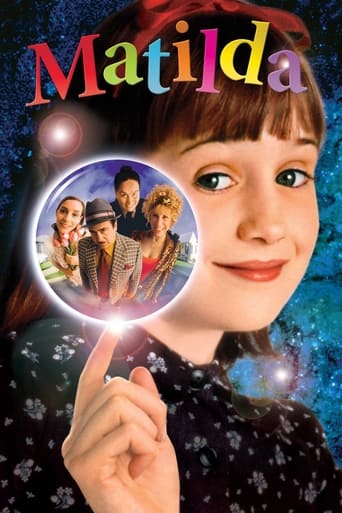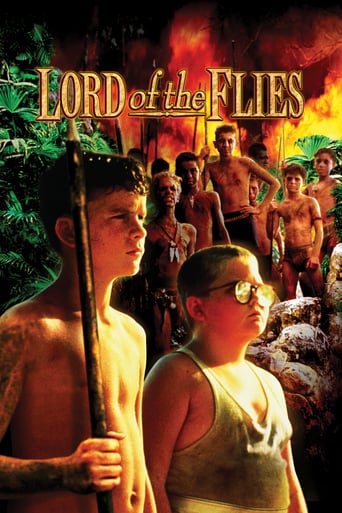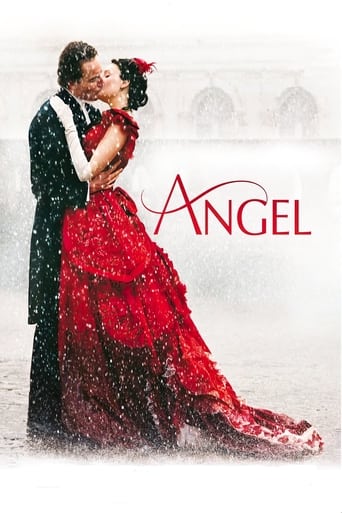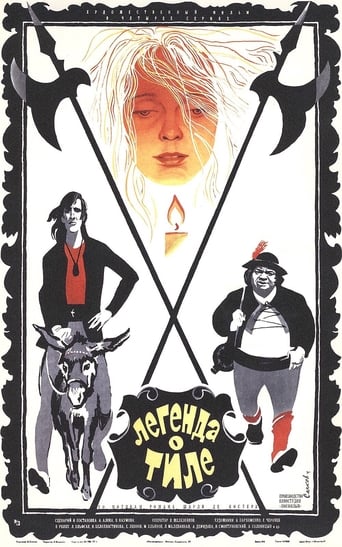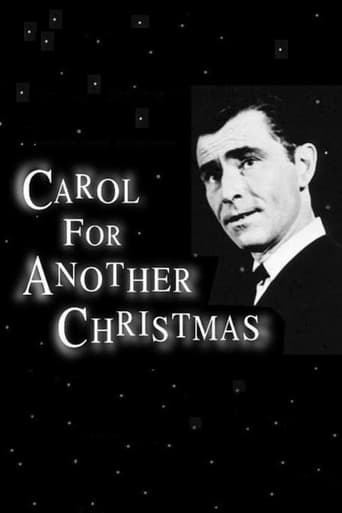
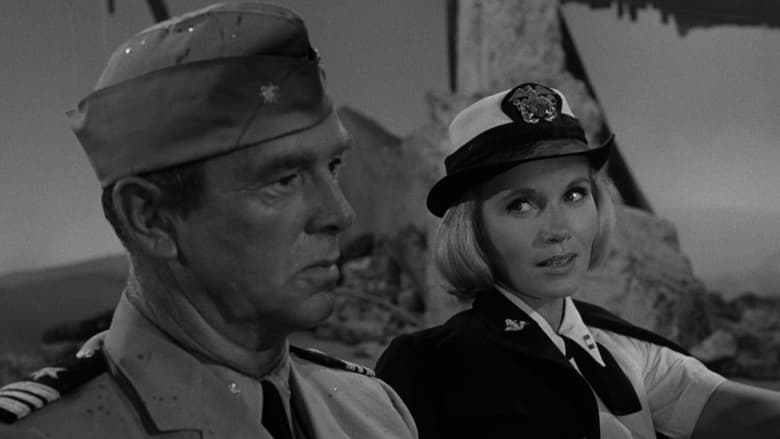
Carol for Another Christmas (1964)
Daniel Grudge, a wealthy industrialist and fierce isolationist long embittered by the loss of his son in World War II, is visited by three ghosts on Christmas Eve who lead him to reconsider his attitude toward his fellow man.
Watch Trailer
Cast
Similar titles
Reviews
To all those who have watched it: I hope you enjoyed it as much as I do.
Ok... Let's be honest. It cannot be the best movie but is quite enjoyable. The movie has the potential to develop a great plot for future movies
The joyful confection is coated in a sparkly gloss, bright enough to gleam from the darkest, most cynical corners.
It's simply great fun, a winsome film and an occasionally over-the-top luxury fantasy that never flags.
I HAVE REVIEWED OVER 400 Christmas MOVIES. BEWARE OF BOGUS REVIEWS & REVIEWERS. SOME REVIEWERS HAVE ONLY ONE REVIEW. WHEN ITS A POSITIVE REVIEW THAT TELLS ME THEY WERE INVOLVED WITH THE PRODUCTION. NOW I HAVE REVIEWED OVER 400 Christmas MOVIES. I HAVE NO AGENDA. I AM FARE. THE REASON WHY I REVIEW THEM IS TO KEEP TRACK OF WHAT I HAVE SEEN!In Rod Serling's update of Charles Dickens, industrial tycoon Daniel Grudge has never recovered from the loss of his 22-year-old son Marley, killed in action during Christmas Eve of 1944. The embittered Grudge has only scorn for any American involvement in international affairs. But then the Ghost of Christmas Past takes him back through time to a World War I troopship. Grudge also is visited by the Ghost of Christmas Present, and the Ghost of Christmas Future gives him a tour across a desolate landscape where he sees the ruins of a once-great civilization. Not family safe but should be seen by everyone. The threat of nuclear war is the premise and it works! The haunting theme and great performances may seem a little too dark for a holiday theme movie but that is the point. In reality saving the world is not up to a few but ALL OF US! Don't miss this.
A dated film with a sledge hammer of a message yet it still has a resonant touch here and there. The images of the barbed wire camps bring to mind the camps of current refuges fleeing Syria; and Peter Sellers as the Imperial Me strikes a chord with the current culture of self-esteem enjoying its moment, not to mention the easy comparison to our current President- elect (2016). Granted the acting is heavy handed but with both Sterling Hayden and Sellers in this production , I have to believe that Rod Serling considered that in case people found the message of Dr. Strangelove or: How I learned to Stop Worrying and Love the Bomb too subtle (as if), he was going all out here to make it clear. Might be time for an update, but I believe the current "Conservative" political climate is too charged to be able to pull it off.
Thrilled to see the all-star "movie star" cast appearing in this piece, I watched this on TCM as part of their A Christmas Carol -a- thon. I didn't go into the movie expecting too much because I know it was made for TV and would be a very government film akin to Frank Capra's "Why We Fight" series. I sadly realized 4 minutes into the picture that this would be no better than the government message film "I Want You (1951)".I will not go into the how's and why's this made for TV "holiday" drama was made as it can be read in the synopsis and other reviews. I will not address the extreme pro-UN message it attempts to pound into the viewers heads. I will instead focus on the movie briefly from a technical viewpoint.Before I go into the flaws, I will point out that the movie has a couple sequences that are disturbing (in a good way), absurd and in the deepest darkness of a black comedy...namely the Sellers sequence. Sellers as Imperial Me pits narcissism against tolerant generosity in a Wells-ian fashion reminiscent of "The Trial" or the perverse nature of the Salem Witch Trials. The art-house theater sequences of the Ghost of Christmas Present show an attempt was made to make the movie thoughtfully. Unfortunately the demands of the script ruined it.Script: Too much talking. How can a script have too much talking? Normally dialog isn't an issue but it is when the actors don't know what to do with it. Statistics, factoids, history lessons, moral lessons, more statistics, more factoids, more lessons with more emphasis...repeat for 83 minutes.Acting: Sterling Hayden doesn't. He wore the same blah face as Dana Andrews throughout "I Want You" periodically tossing in a forced expression that looked more like constipation than any emotion I can pinpoint. I was looking forward to seeing Ben Gazzara, Eva Marie Saint and Peter Sellers (in his first return to screen post-heart attack role). I will always stop a moment to keep an eye out for a young James Shigeta and catch a glimpse of a handsome, hopefully sober Robert Shaw. All of these actors proved time and again in many roles that they are capable and believable in most of them. Yet in A Carol for Another Christmas, no one seems to do anything except recite lines in overtly Victorian style. Pat Hingle seemingly ignores Hayden and is the most convincing speaker in the movie but his government laden dribble slowly swallows even him. By the time he gets to the statistics of the hungry he looks crazed and Hayden honestly seems to not know the cameras are rolling because his eyes, presence, emoting of emotion, depth and dimension are all vacant. Sellers did do a great job, but he was an orator, not interacting with anyone except the audience. He did his best in his short time on screen. It became obvious scene after scene that the script was badly written and the actors were getting bogged down in it and with Hayden to react to, they were without hope. What's sad was that the director didn't do anything to amend the situation but rather continued to capture the tired disgrace of a movie.Lighting: Hard to believe someone would get this so wrong, but the interiors of the house are done with such hard lighting the stair railing casts shadows upstairs from *below* that make the upstairs walls look like a painted Arabian set. The Eva Marie Saint sequence is almost blown out, vastly over lit or possibly overexposed. With her super blonde hair, the DP should have dialed things down, but in what appears to be an attempt to compensate for the hats and scene look like the outdoors, the actors appear to be inside a nuclear reaction. The overall lighting schematic is one of excess or deficiency. The final sequence where Hayden goes to have breakfast with his black maid and butler, the faces of the latter two can barely be seen, and no distinction of expression is visible because they are not lit correctly. The interview with the Ghost of Christmas Present uses artistic lighting and reveals effectively, but it is lost in the bowels of this movie.Direction: Nowhere. No attempt seen to take the film past the superficial level. Since this isn't the first film w/ its history to turn out this way, it's becoming evident that believability was less important than rote facts being stated on screen.By the end of the movie, I wanted to take Peter Sellers' "Giant Economy Size" tin can gavel and knock some sense into it. If you enjoy forced government message films, (hey, some people do...i enjoyed some of the Why We Fight series) you should check it out. If you expect the actor immersion in the roles, you will be disappointed, though Sellers does manage a wicked glimmer in his eye. Perhaps it wasn't for the role but for the audience because he knew just how bad this movie would be.
If Ayn Rand had watched this film when it was first broadcast on American television, she no doubt would have had palpitations. Carol for Another Christmas not only revels in bleeding heart humanism, it also drives a stake through the heart of the Randian philosophy of objectivism. That must have been galling for acolytes of Rand in 1964, but here we are in 2013, and after forty or fifty years of relentless anti-humanist propaganda we now live in a world where the quaint liberalism of Rod Serling has been displaced by - you guessed it - the selfish anti-communitarianism of Ms. Rand. This development would have disgusted the vast majority of Americans in 1964, who would have answered Daniel Grudge's (Sterling Hayden) question to The Ghost of Christmas Future (Robert Shaw) - 'must it be like this?' - in the negative. The ghost, however, doesn't respond - and now, sadly, we know the answer.

